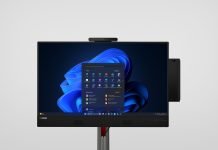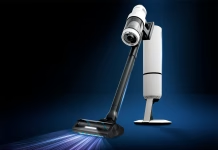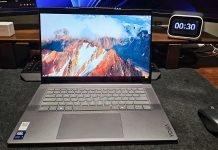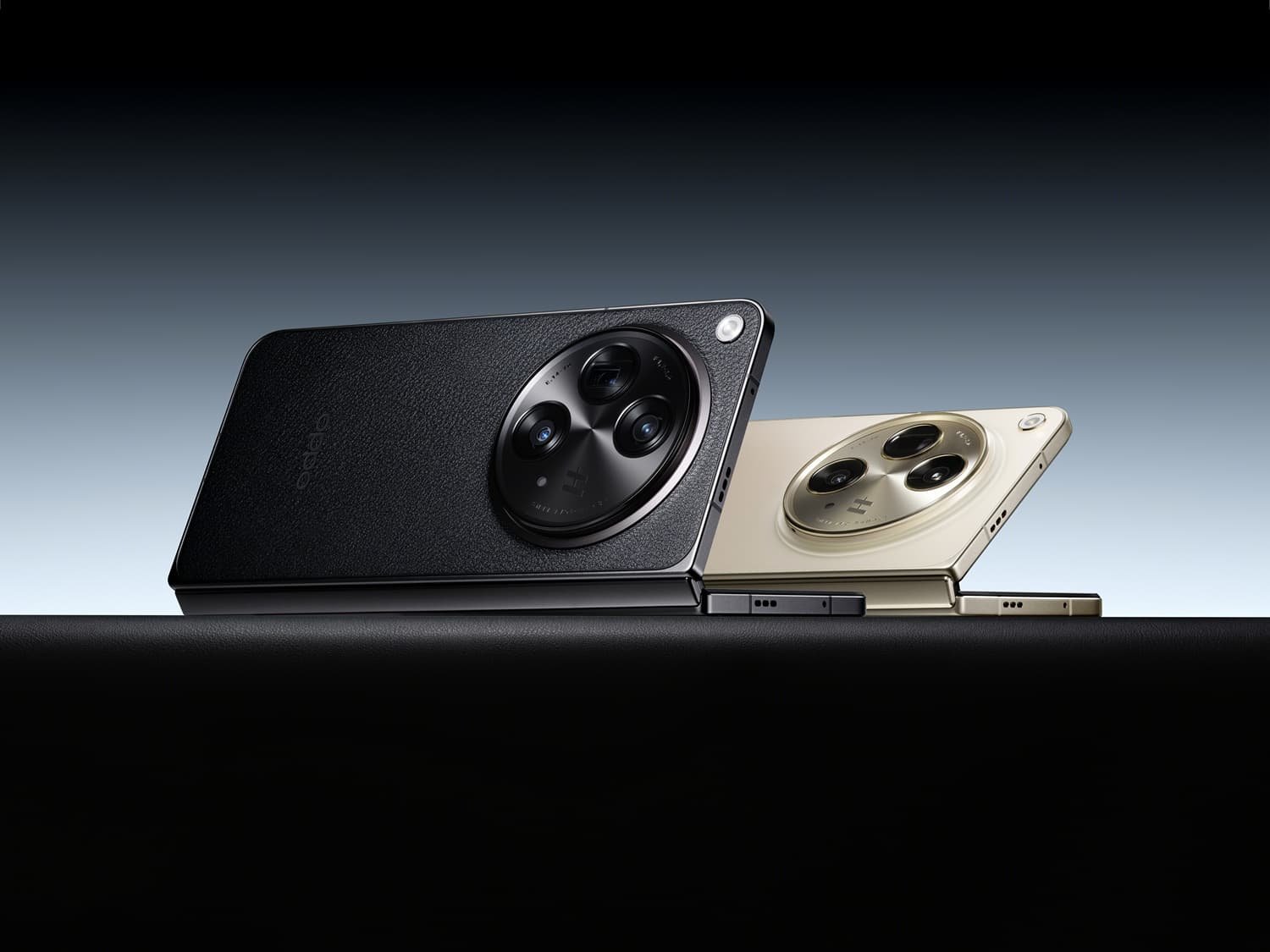As of early 2022, the volume of notebook shipments with AMD Ryzen™ Processors inside has grown 49% in just two years. Fifty percent growth of the mobile business is an incredible rate, and we’re thrilled to see more Ryzen-powered laptops landing in your hands. On our side, this increasing appetite for Ryzen has prompted reinvestment in all-new processor categories for 2023, such as “Mendocino” (learn more) for feature-rich notebooks around $500, or “Dragon Range” (learn more) for top-tier gaming. What to call these products is an important decision, and we know that model numbers are something you often talk about in your communities as well.
Today we’d like to share with you a small preview of our 2023 mobile processor family, and a look at the new naming system we’ve developed to support these different processors.
What’s in a Name?
As we sat down to develop the new naming system, there were several motivations that we wanted to balance:
- Our current naming system for Ryzen Mobile Processors was at an end. It simply could not accommodate the influx of new SOCs in new categories we’re developing.
- We wanted the system to be technical and informative, such that an enthusiast could quickly “decode” the number to see what’s inside.
- We wanted it to be simple for the average user, where a higher number simply connotes higher CPU performance.
- We wanted to ensure that each branded processor family has one SOC architecture, with one common set of capabilities.
- And we simply needed to make room for our partners to grow. New designs, refreshed designs, new segments, new pricepoints. Our customers need flexibility from us to meet their goals, too.
We fully acknowledge that no system is perfect, but we hope we’ve landed in a spot that feels intuitive to you.
The New System
Our 2023+ mobile processors will all be branded according to the new system you see below. Call it a “decoder ring,” if you like! Importantly, each digit means something. For example, if you see a processor that is AMD Ryzen xx4x, you’re looking at a chip with “Zen 4” inside. If you see a processor with AMD Ryzen xx30, it’s “Zen 3”. And Ryzen xx35 is “Zen 3+”. If the processor starts with a “7xxx,” you know you’re looking at a current product in AMD’s 2023 portfolio. And if you don’t know much about what’s inside a processor, a bigger number will simply give you more CPU performance. As an example, you can see how a hypothetical Ryzen 5 7640U maps to the decoder ring.

Some of the boxes are self-evident, but it’s worth going through them in brief to sketch out why we chose this system:
- Portfolio Year: Gives you a sense of what model year the processor lives in. Are we actively selling it as a current-gen product in that year?
- Segment: Helps us communicate “at-a-glance” performance to customers browsing in the store. For example, Ryzen 9 are always our fastest and most feature-rich processors. This helps customers cross-shop at a glance, and is the most common way customers compare CPUs.
- Architecture: A nod to our enthusiast customers, we wanted to make sure you could see what version of “Zen” lives inside the chip. It’s important!
- Feature Isolation: A concession to architectures like “Zen 3” versus “Zen 3+,” which cannot be fully articulated in the architecture digit alone. Flipping this digit between 0 or 5 ensures that two different architectures don’t end up in the same Ryzen 70xx family.
- Form Factor/TDP: AMD’s innovation and growth in the mobile space is especially evident here, where you can see we’re servicing multiple design categories across Windows and Chromebook.
How Does it Look for 2023?
We promised you a preview of how this naming system would apply to our planned products! In 2023, AMD is expecting to take on five different market/buying segments using five different SOCs. As you can see in the matrix below, it will be a mix of all-new design wins and refreshed 2022 systems, depending on what the laptop builder is looking for. But importantly, all products live under the AMD Ryzen 7000 umbrella, and each CPU architecture exists only within one series.
Just as a few examples: If you want a max performance gaming notebook, the AMD Ryzen 7045 Series will always give you a “Dragon Range” processor. If you want AMD’s latest ultrathin SOC for gaming and mobility, you’ll always find a “Phoenix” processor in the Ryzen 7040 Series.

The Years Ahead
This new numbering system is foundational to how we will be naming and numbering our mobile processors for years to come, and we’ve already smoke-tested it against a 5-year time horizon. We hope this new system will give everyone a better sense of what’s inside our processors, and we hope that it shows we’ve been listening to your conversations around the importance of model numbering.
We look forward to your feedback and an exciting 2023!
(As a closing aside, we are not planning changes to the general numbering system we’ve used on desktop since the AMD Ryzen 1000 Series. This will continue forward as you’d expect.)




![[The Era of Healthy Aging ②] A Health Check in Five Seconds: Inside the Development of Galaxy Watch8 Series’ Antioxidant Index](https://stuffmotion.com/wp-content/uploads/2025/11/Samsung-Mobile-Galaxy-Watch8-series-Antioxidant-Index-Bioactive-Sensor_Thumb1000-e1764043725769-218x150.jpg)

![[The Era of Healthy Aging ①] Measuring and Managing Antioxidant Levels With Professor Hyojee Joung of Seoul National University](https://stuffmotion.com/wp-content/uploads/2025/11/Samsung-Mobile-Galaxy-Watch8-series-Antioxidant-Index-Professor-Hyojee-Joung-Interview_Thumb728-218x150.jpg)













![[Video] Samsung QLED TV Teardown Reveals Technology That Proves ‘Real’ Value](https://stuffmotion.com/wp-content/uploads/2025/11/Thumbnail-218x150.jpg)


















![[The Era of Healthy Aging ②] A Health Check in Five Seconds: Inside the Development of Galaxy Watch8 Series’ Antioxidant Index](https://stuffmotion.com/wp-content/uploads/2025/11/Samsung-Mobile-Galaxy-Watch8-series-Antioxidant-Index-Bioactive-Sensor_Thumb1000-e1764043725769.jpg)


